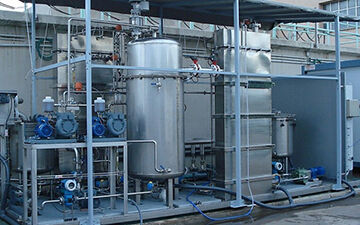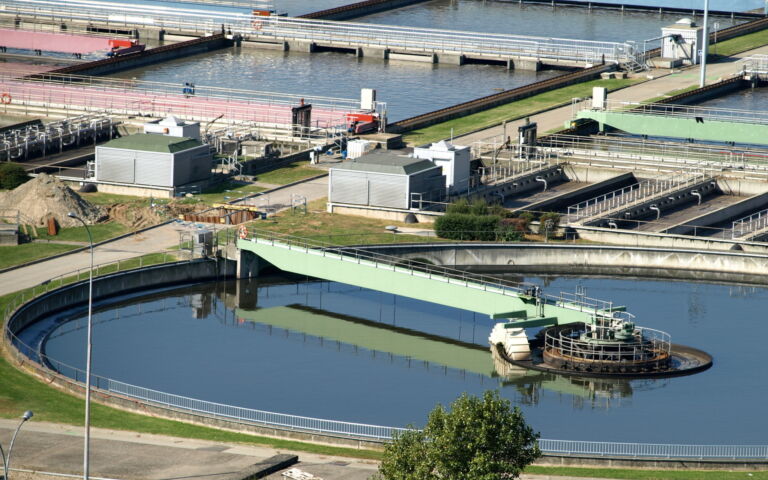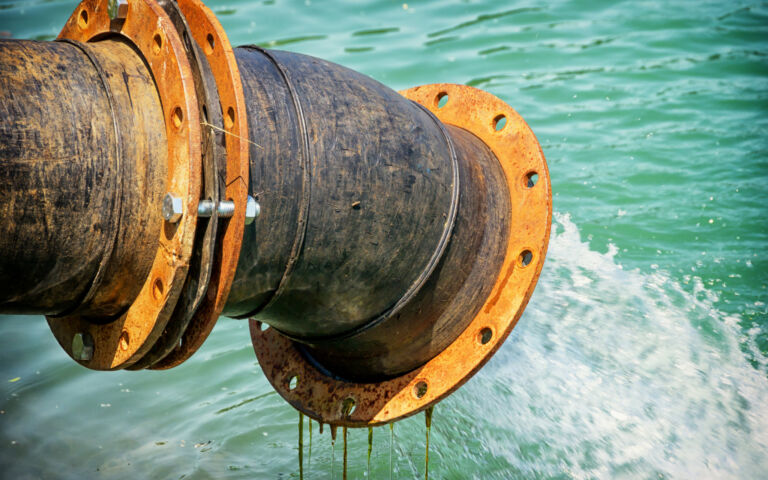Another good polish − the case for MBRs II


Simon Judd has over 35 years’ post-doctorate experience in all aspects of water and wastewater treatment technology, both in academic and industrial R&D. He has (co-)authored six book titles and over 200 peer-reviewed publications in water and wastewater treatment.
The dichotomy over the most appropriate treatment for municipal wastewater for reuse, specifically via reverse osmosis, divides the communities of academics and practitioners alike. The general perception of those less predisposed towards MBRs is that they are more troublesome and more expensive to run than classical biotreatment with UF or MF polishing. This has formed the basis of a previous blog (A good polish).
The onerous aspects of MBR operation have been well documented (and also discussed on these pages before). Principal amongst these is their tendency to clog when sludge quality is poor and/or fluxes overly ambitious. Clogging can take the form of either sludging (Buzatu et al, 2012) or ragging (Stefanski et al, 2011), and in either case can only be removed mechanically by manual intervention. As for operational expenditure, this relates primarily to the specific energy demand (SED) which may be above 2 kWh/m3 depending on the peak loading factor (PLF) and on whether air scour is reduced during periods of low flows.
Against this, a recent review by Raffin et al (2013) reports very widely ranging SED values for polishing plants of 0.69 to 2.3 kWh/m3 across seven MF−RO plants for polishing of municipal effluent, 1.4 kWh/m3. If it is assumed that 0.69 kWh/m3 represents the optimum, and that 60% of this figure can be assigned to operation of the RO stage, then a figure of 0.28 kWh/m3 is arrived at for operation of the MF stage.
However, these figures do not tell the whole story, since SED values are very dependent on plant size. For small plants it is often not considered economical from CAPEX considerations to install equipment and control systems allowing the membrane air scour to be reduced during periods of low flow (e.g. overnight).
Thus, small plants designed on the basis of the peak flows and where the peak loading factor is generally high will inevitably have a high overall SED. Clearly, for small plants subjected to poor quality sludge there is less to recommend MBRs.
But what about larger plants? In such cases the investment of control systems may be more economically viable if reasonably long amortisation periods are applied. It has been demonstrated, for the latest GE 'LEAP' MBR technology, that an average SED of around 0.2 kWh/m3 at the average daily flow (of 11,400 m3/d, in the case of the Marco Island installation) is attainable − 25% less than so-called 'Eco-aeration' (10 seconds of membrane scouring every 40 seconds). Eco-aeration itself has been shown to incur an energy demand of 0.19 kWh/m3 (according the data from the flagship Brescia plant) for membrane operation (air scour, sludge pumping and permeate extraction) under optimal hydraulic loads. It is appears that energy demand is becoming increasing irrelevant as a barrier to MBR uptake.
The penalty for this low operational cost may well be increased capital costs (CAPEX) for more sophisticated membrane modules. Once again, though, evidence suggests that CAPEX is not necessarily a barrier. Net present value (NPV) calculations by Brepols (published in Water Science and Technology) on the Erftverband plants in Germany conducted four years ago − prior to the introduction of LEAP − had already demonstrated a small cost benefit of MBR-based reuse plants for an assumed membrane life of 7−8 years.
Given that Brescia has been operating for 11 years without a change of membranes, and evidence from a recent paper by Côté et al (published last year in Desalination) suggests a membrane life expectancy of more than ten years, the case for MBRs for water reuse is perhaps even stronger.
There is also some evidence, from the Singapore studies, to suggest that the high SRTs attainable with the MBR permit slightly improved organics removal and subsequently a lower fouling propensity for the downstream RO.
None of this detracts from the ever-present risk of poor sludge quality, necessitating unscheduled manual intervention to conduct declogging which is undoubtedly onerous in most cases. However, anecdotal evidence from reconditioned MBR plants suggests that sludge filterability can be improved by screening the return activated sludge (RAS) along with the feed, to some extent endorsing the findings of Stefanski et al.
So, are MBRs always going to be favoured for municipal reuse? For a new build the case would appear overwhelming, though improvements in alternative technologies should not be overlooked. Retrofitting of an existing classical activated sludge installation is less clear-cut, but there are now probably hundreds of such installations.
What is certainly clear is that to seek to bring the curtain down on MBR technology in its entirety is perhaps somewhat premature.







